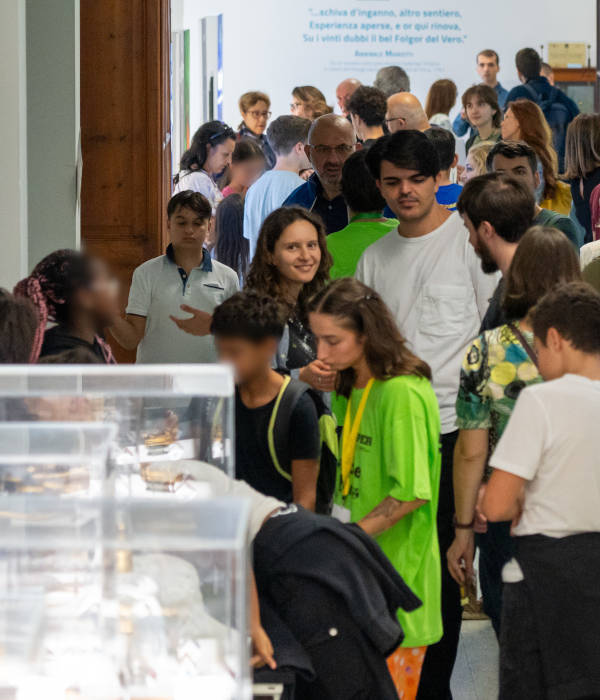Summary
The Perugia group is one of the biggest groups in the international Virgo Collaboration, dedicated to detecting and studying gravitational waves—tiny ripples in space-time that reveal the most extreme cosmic events, such as black hole and neutron star collisions. Our scientists, engineers and students develop ultra-low loss monolithic suspensions that keep Virgo’s mirrors stable, design and integrate advanced components for the detector’s towers, and work tirelessly to reduce noise that could obscure faint signals. We create precision electronics, apply artificial intelligence to real-time controls and pioneer quantum technologies like frequency-dependent squeezing to push Virgo’s sensitivity even further. In parallel, we explore new semiconductor materials for mirror coatings, laying the groundwork for future detectors. Through these activities, the Perugia group aims to strengthen Virgo’s performance today but also helps shape the next generation of observatories, such as KAGRA in Japan and the Einstein Telescope in Europe, opening ever wider windows onto the Universe.
Monolithic suspensions and thermal noise study
In Virgo, thermal noise (originating from microscopic mechanical agitation in the mirror material, coatings, and suspension) limits sensitivity particularly in the tens-to-hundreds of Hz band. To push that limit lower, Virgo uses monolithic fused-silica suspensions in which the mirrors are hung via ultra-pure silica fibers bonded directly to silica test masses, thereby minimizing internal friction and dissipation in the suspension. These monolithic suspensions concentrate the suspension thermal noise into a narrow spectrum band to be easily identified and subtracted, and are essential for maintaining the detector’s sensitivity—especially below ~100 Hz.
The Perugia group designs, tests, and assembles monolithic suspensions for Virgo, developing advanced bonding techniques and payload configurations to minimize thermal noise impact and ensure detector performance.
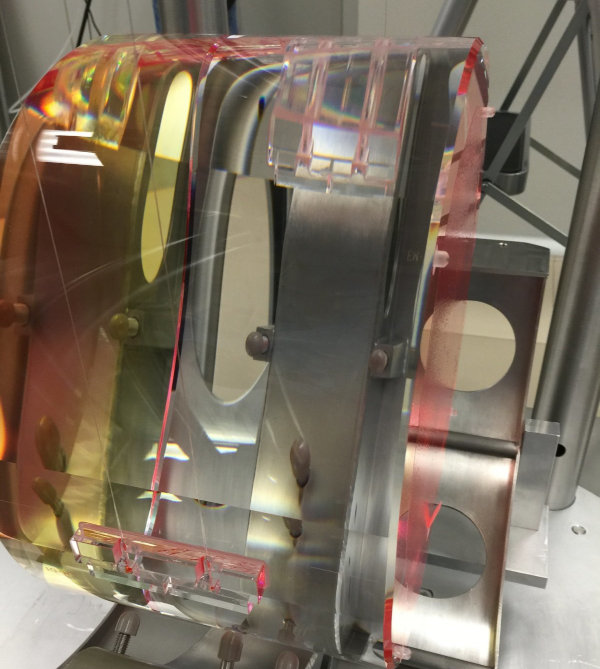
Quantum noise reduction
In the Virgo interferometer, quantum noise arises from fundamental light fluctuations that appear as shot noise at high frequencies and radiation-pressure noise at low frequencies. To suppress both, Virgo uses frequency-dependent squeezing: specially prepared “squeezed light” is injected into the detector, with its noise properties rotated by a long filter cavity. This allows the detector to reduce shot noise in the high-frequency band while simultaneously lowering radiation-pressure noise at low frequencies. The result is a broadband improvement in sensitivity, though the performance strongly depends on minimizing optical losses in the squeezing and cavity systems.
The Perugia group works on the automation of Frequency Dependent Squeezing in Virgo, creating high level control systems for the actuators in the optical system and providing an interface of the squeezed light source to the Virgo detector.
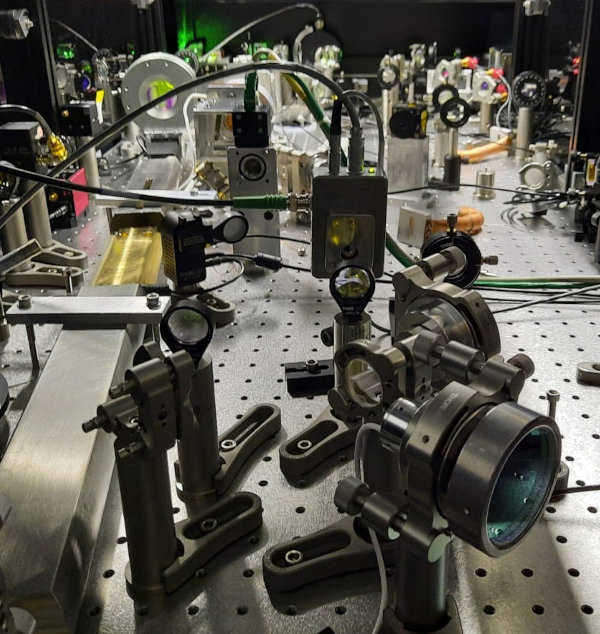
Theoretical models
A gravitational wave event is detected whenever the Virgo interferometer output matches the signal theoretically foreseen for a compact binary coalescence.
The effective one-body (EOB) approach stands as the only analytical framework providing complete description of the gravitational radiation emitted during the entire evolution of coalescences, from the early inspiral to the ringdown. By combining perturbative analysis with numerical relativity simulations, the EOB formalism achieves accuracy and physical consistency in modeling these highly relativistic systems.
The theory group of Virgo-Perugia works on improving EOB models for eccentric binaries; developing new formulations of the EOB approach suitable to incorporate the post-Minkowskian expansion; and generalising the EOB description to charged binary black holes.
The group also studies tidal perturbations on binary systems, having investigated over the past few years the interaction of binary systems with a third body within hierarchical triple configurations. These studies, which include the identification of gauge-invariant shifts in key dynamical quantities, provide novel insights into the dynamics of hierarchical triple systems in astrophysical environments dominated by supermassive black holes.
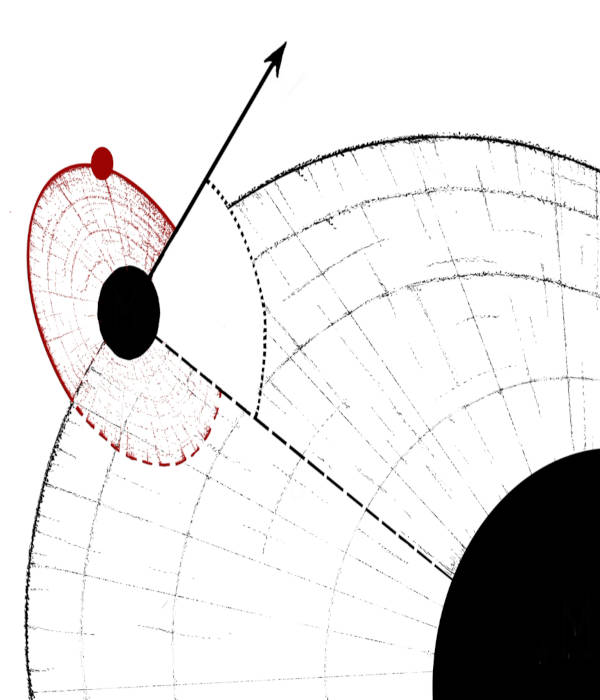
Multi-messenger astronomy
The synergy of Virgo with the LIGO and KAGRA interferometers enables researchers to tackle fundamental challenges in multi-messenger astronomy, astrophysics, and cosmology enabling coordinated observation and interpretation of multiple signals received from the same astronomical event. One of the most debated open questions is the so-called Hubble constant tension, the ∼4–5σ discrepancy between measurements of the Universe’s expansion rate obtained with local probes and those inferred from the early Universe using different techniques. Gravitational waves provide a direct independent measurement of the luminosity distance of merging compact binary sources, i.e. black holes and neutron stars. This represents a powerful tool for cosmological applications, opening new ways to study the Universe.
In this context, binary black hole mergers — and even more so binary neutron star mergers — can provide crucial information to help resolve this puzzle. An emerging approach is to combine gravitational-wave observations with galaxy catalogues in order to statistically identify the possible host galaxies of the mergers. By working together, gravitational-wave detectors and electromagnetic facilities can localize the origin of an event with increasing precision, allowing astronomers to carry out targeted follow-up observations.
At the University of Perugia, we developed GLADEnet, a real-time web application based on the GLADE+ galaxy catalogue, designed to support the follow-up of newly detected events and to improve the completeness of existing galaxy catalogues.
"Cosmic time" artwork by Storm Colloms
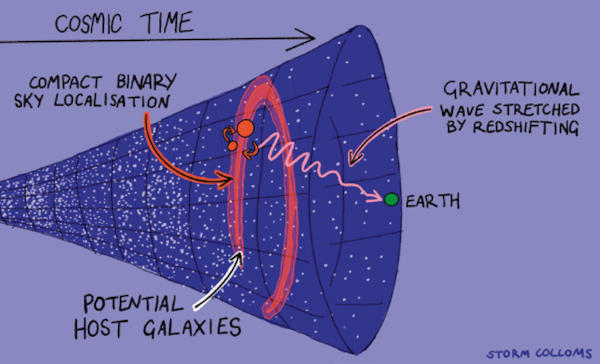
Outreach
The Virgo and gravitational wave researchers in Perugia take part in the outreach mission of scientific research.
This spans from the presence at the annual Researchers’ Night (SHARPER) and local science festivals (Festival della Scienza in Genova, Festa di Scienza e di Filosofia in Foligno, Passaggi Festival in Fano), to seminars for students and lessons to teachers. Time by time you can meet them guiding tours at EGO/Virgo site. These activities engage both senior researchers and physics students and are part of the outreach programme of the Virgo community.
